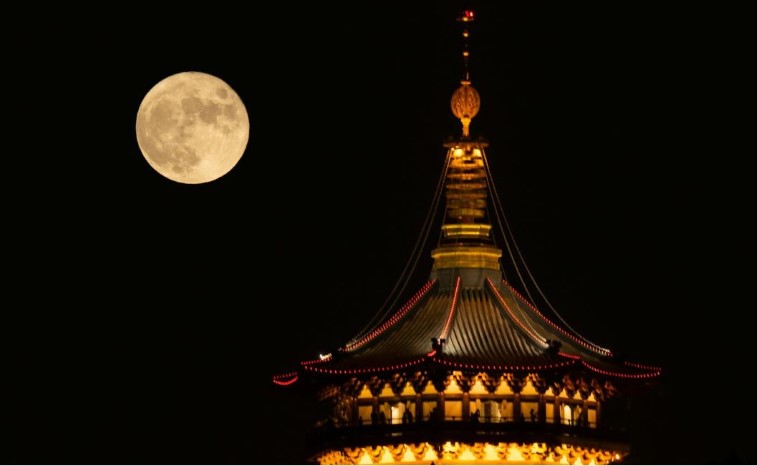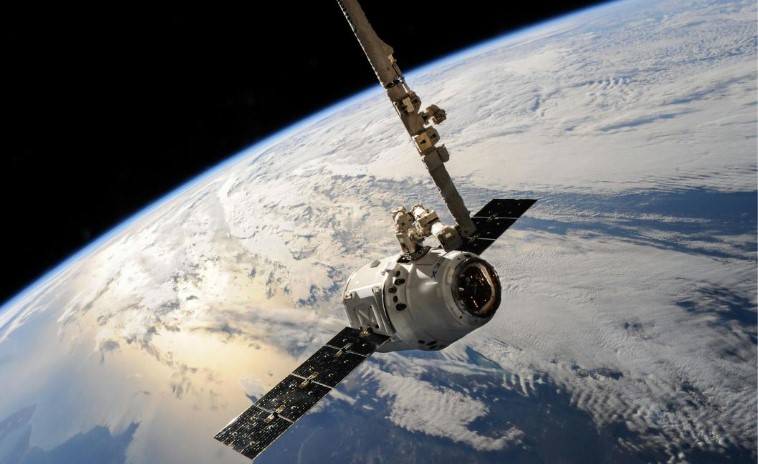China’s newest lunar satellite navigation system

China has set its new ambitious goal of creating a satellite navigation system for the Moon. This revolutionary project plans to deploy 21 satellites around the Moon to provide high-precision navigation.
This project was proposed by scientists from the Beijing Institute for Spacecraft Systems Engineering. The plan involves deploying a constellation of 21 satellites around the Moon to provide high-precision, real-time navigation in support of China’s lunar objectives.
The primary goal of this navigation system is to improve the accuracy and safety of various lunar activities.
China plans to land astronauts on the Moon by 2030 and establish a research base at the Moon’s South Pole by 2035. Precise navigation and positioning are key to landing on the Moon’s surface and moving around on the Moon’s surface.
The satellites will be deployed in four types of orbits in three phases, each of which will make its own contribution in terms of surface coverage and capabilities. The initial phase will establish essential communication links, while subsequent phases will expand the range and accuracy of the system.
Greater progress in space technologies will be achieved through the joint work of several countries, so China intends to be part of international expeditions to the Moon.

With such an approach, China positions itself as a leader in lunar exploration, but also paves the way for commercial ventures to our satellite. Precision navigation sets the stage for a new era of human activity on the Moon.
The phased deployment plan of China’s lunar satellite navigation system has been carefully designed to ensure comprehensive coverage and a high level of accuracy. It takes place in three different phases, each of which progressively improves the system’s capabilities.
- In the first phase, the two satellites will be placed in highly elliptical, extremely stable orbits. Elliptical orbits allow satellites to minimize fuel consumption, making the system sustainable and cost-effective from the start.
- The second phase adds nine satellites to the constellation. A total of 11 of these satellites will be positioned in two additional orbit types that allow real-time navigation. This phase will also provide a continuous connection between Earth and the South Pole region of the Moon.
- The final phase aims to complete the constellation by deploying the remaining satellites, bringing the total number of these satellites to 21 distributed in four different types of orbits, ensuring that any point on the lunar surface can receive accurate positioning data more than 70% of the time.
During these phases the emphasis is on optimizing the orbit parameters and refining the system designed to maximize efficiency and accuracy. The phased approach ensures that the system can be expanded and improved over time to accommodate the growing needs of lunar exploration.
By carefully planning each phase, China is laying a solid foundation for a robust and reliable lunar navigation system. The strategic and technological implications of China’s lunar satellite navigation system are deeply situated.
With this, China is also becoming a leader in space exploration and encouraging international cooperation in the development of this navigation system. The system represents a significant technological advance.
The system will use state-of-the-art technology to provide real-time data that improves the safety and effectiveness of lunar missions from a strategic perspective. This initiative solidifies China’s position in the global space race by establishing a reliable navigation infrastructure on the Moon.
China is advancing its capabilities and influence in space exploration. This navigation system will support a wide range of lunar activities, from scientific research to potential commercial ventures.

